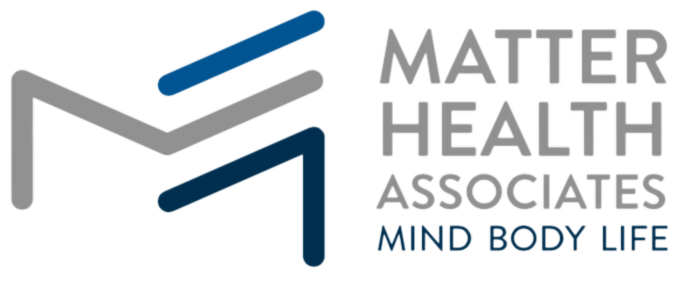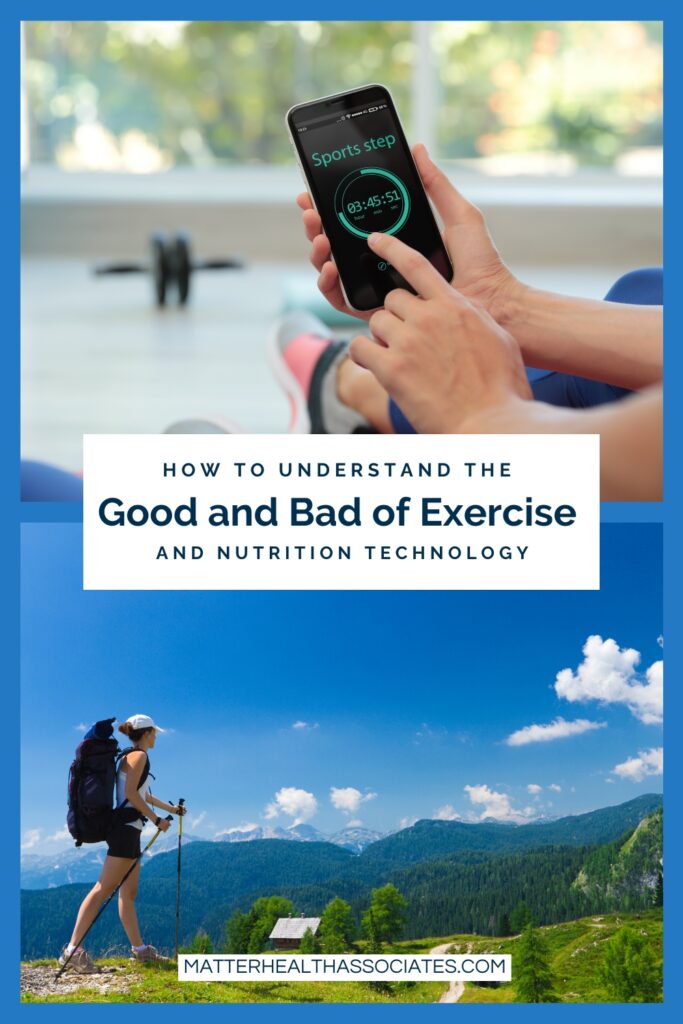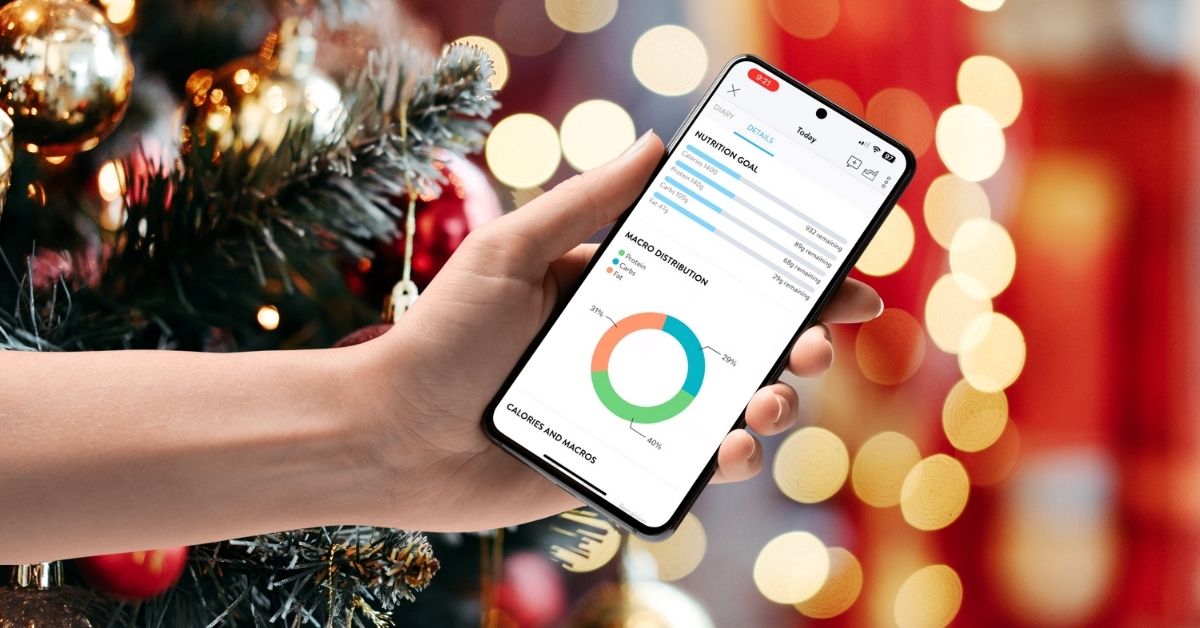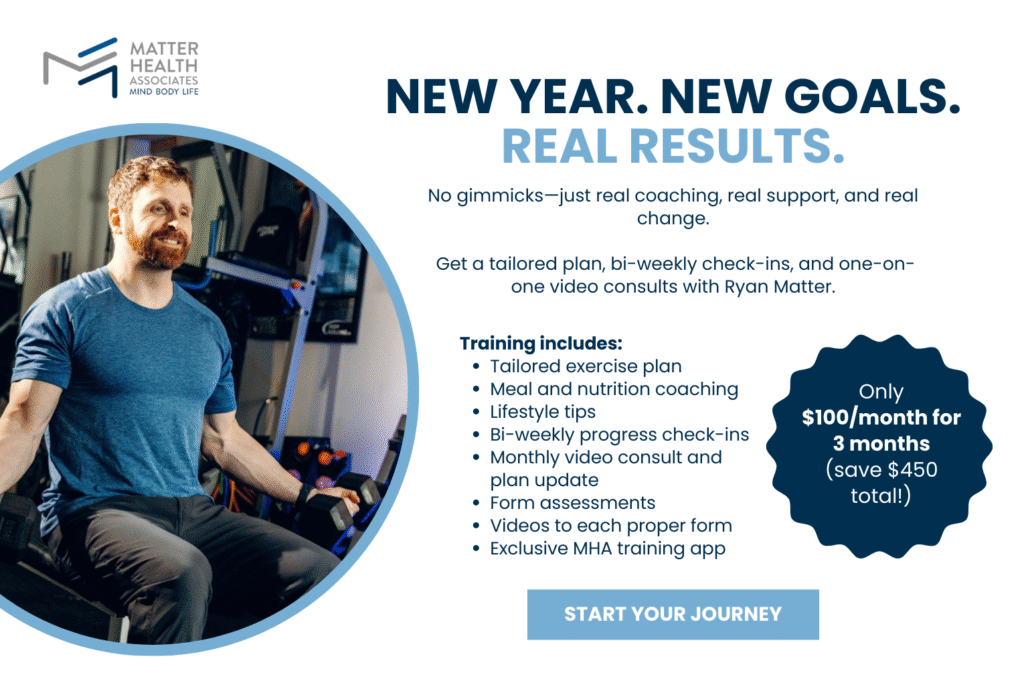Like anything in life, there are pros and cons in just about everything we do. Fitness applications are excellent tools that keep us accountable, calculated, engaged, progressive, controlled, and aware. Some of the most basic tools and reminders in health applications can significantly affect our health. Unfortunately, these calculated numbers do not always meet their exact calculated projections.
Fitness applications have been great tools for getting people to start the most basic program in fitness and exercise. You can google as many questions as you want in health and receive 20 different answers to your one question. This in and of itself often deters people from starting a wellness program. Frequently, just picking a structured and progressive program is the key regardless of where it ranks in health and fitness science leaders. Consistency and commitment are usually the common denominators of success in health and wellness.
Health applications can tell us how many carbohydrates, fats, proteins, and calories we should consume and how many calories we should burn daily through exercise. These applications can show us what exercises to do, how to do them, how much rest in between, and how many times you should do them. Sometimes, we want to be led and not think of what to do, and a health application can do that for us. The same goes for food; a good application will constantly show us new food, how much of it to eat, and how many times a day we should eat, which takes significant stress off our busy lives. Sometimes, the slightest reminder, like drinking water when our Apple watch is sounding an alarm, can make the most crucial difference. Health applications are also affordable too compared to getting trainers, gym memberships, and expensive equipment.
The problem with health applications is that we are not vehicles or robots. We are not as quick and easily calculated by numbers as some people think. We are unique and different with metabolisms and bodies, as well as different in personalities. Exercise and nutrition are certainly not a one-size-fits-all concept. As applications can be great at getting a structure of exercise or concept of eating, it doesn’t always touch base on what our body and brain need for us as individuals for that specific day and time.
For example, if my application tells me to do bicep curls 10 times, but I hate doing these kinds of exercise, and love kayaking instead, kayaking is often the better choice. It is important to not only do your program because you know you have to but to be engaged in what you like and what your body responds best to. The same goes for food. If you hate grapefruits but love apples and your application tells you to eat grapefruits, you should eat apples. If your application tells you to run 5 miles today and you are sick with the flu or hurt, you should not run 5 miles today.
Applications are often a great way to get started and keep us accountable from a broad perspective. However, it is still most important that we continue to develop a relationship with our bodies and brains as individuals. Instinct to what your body needs is still superior to any application ever made and always will be.








